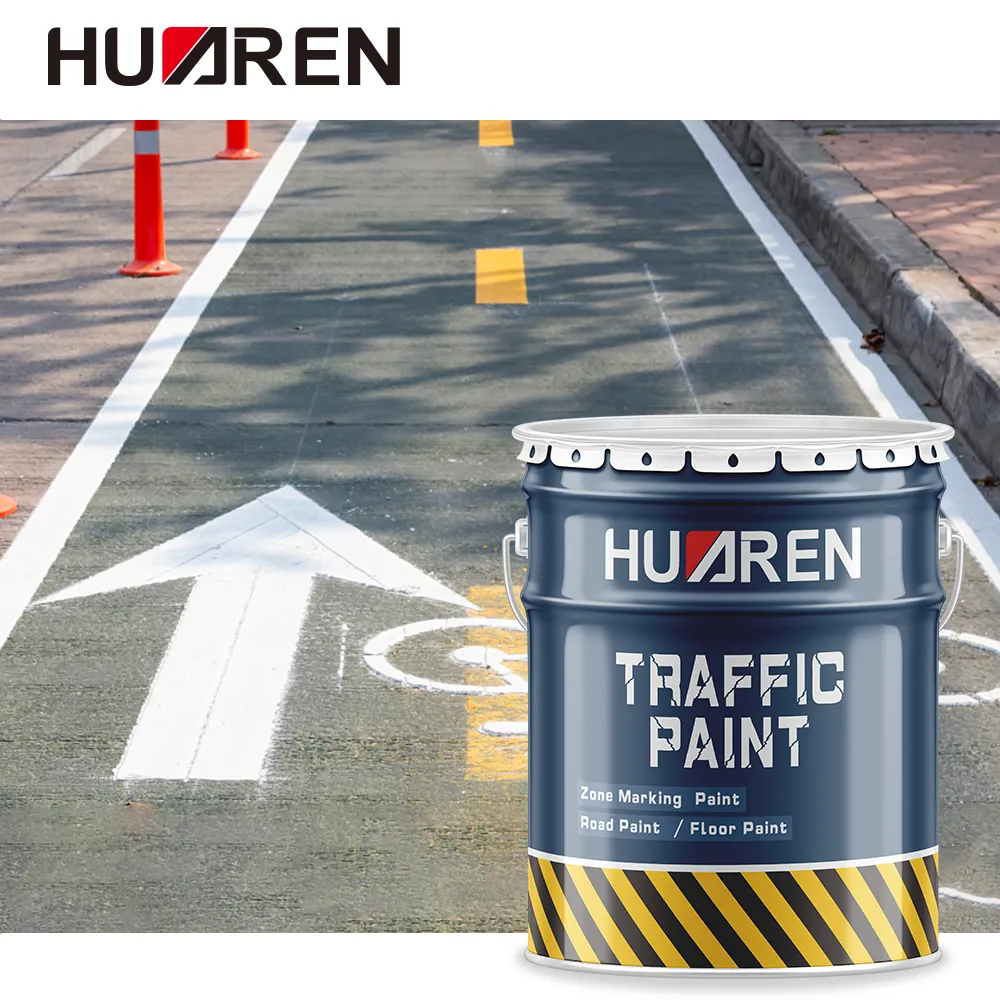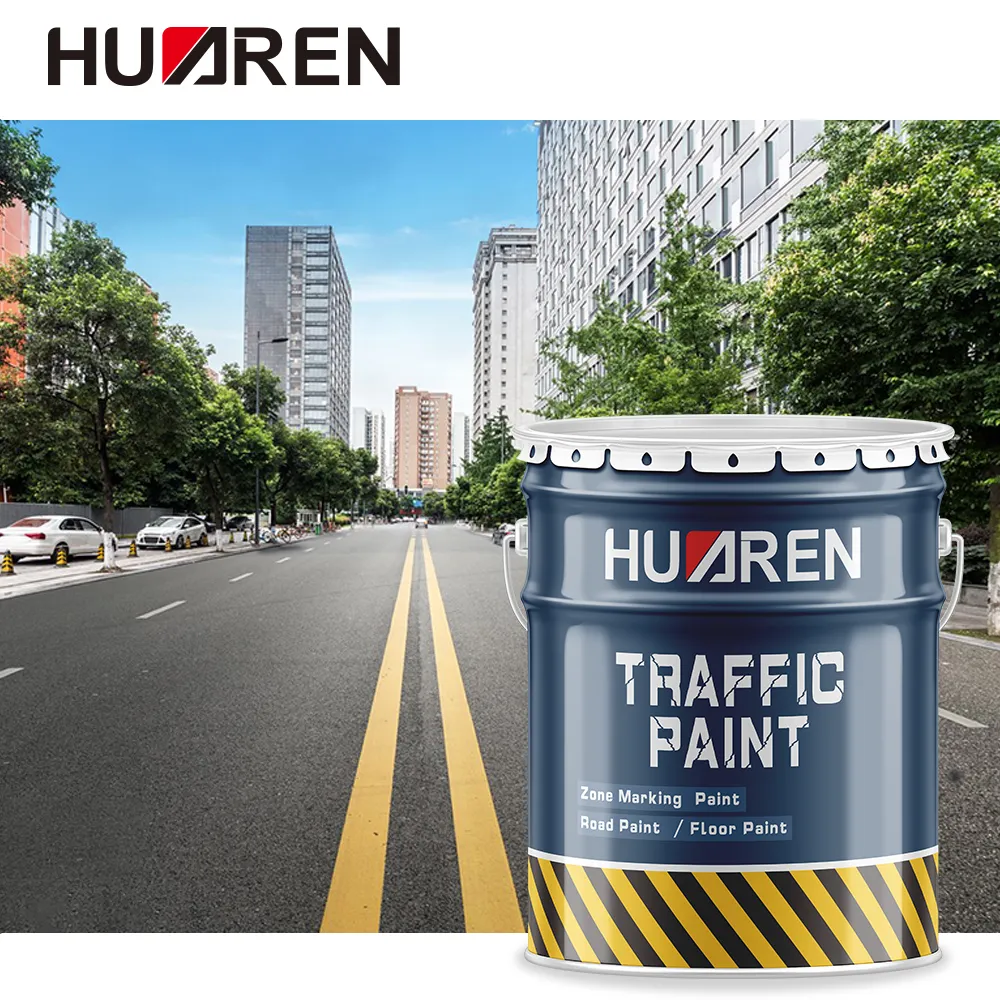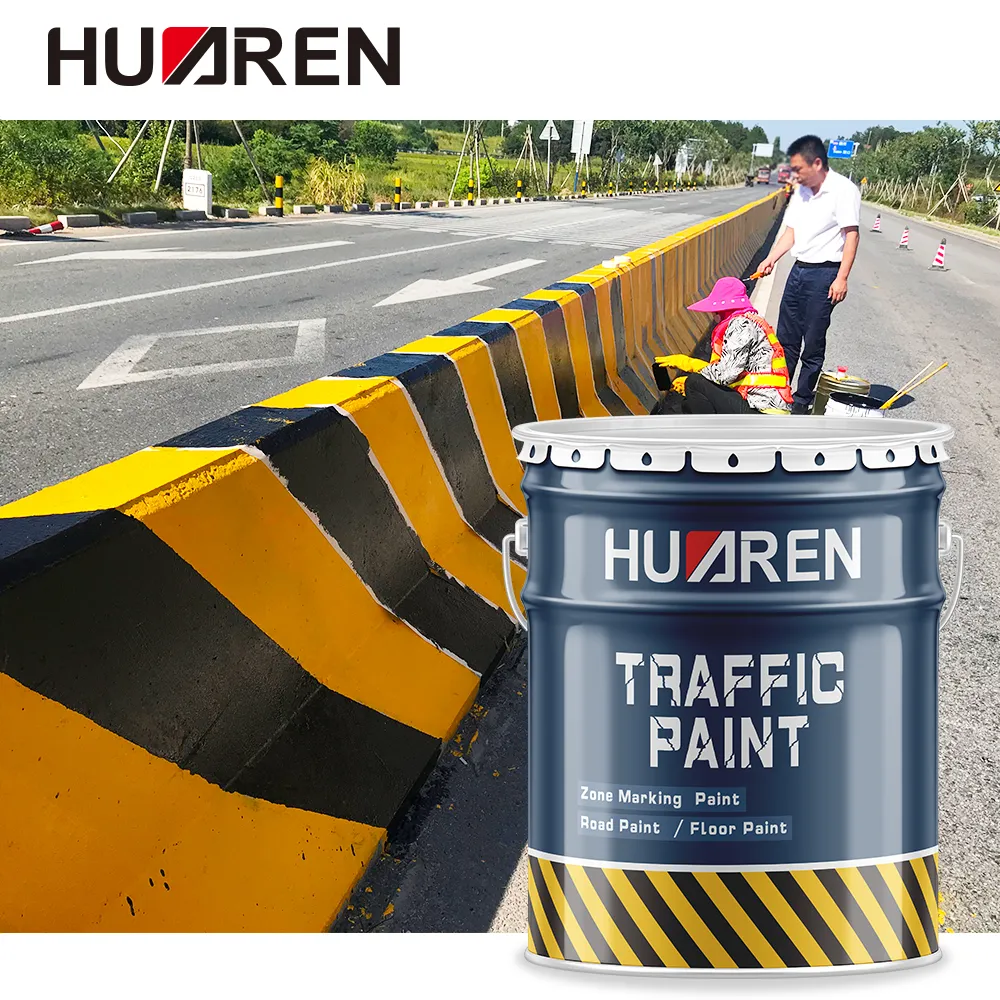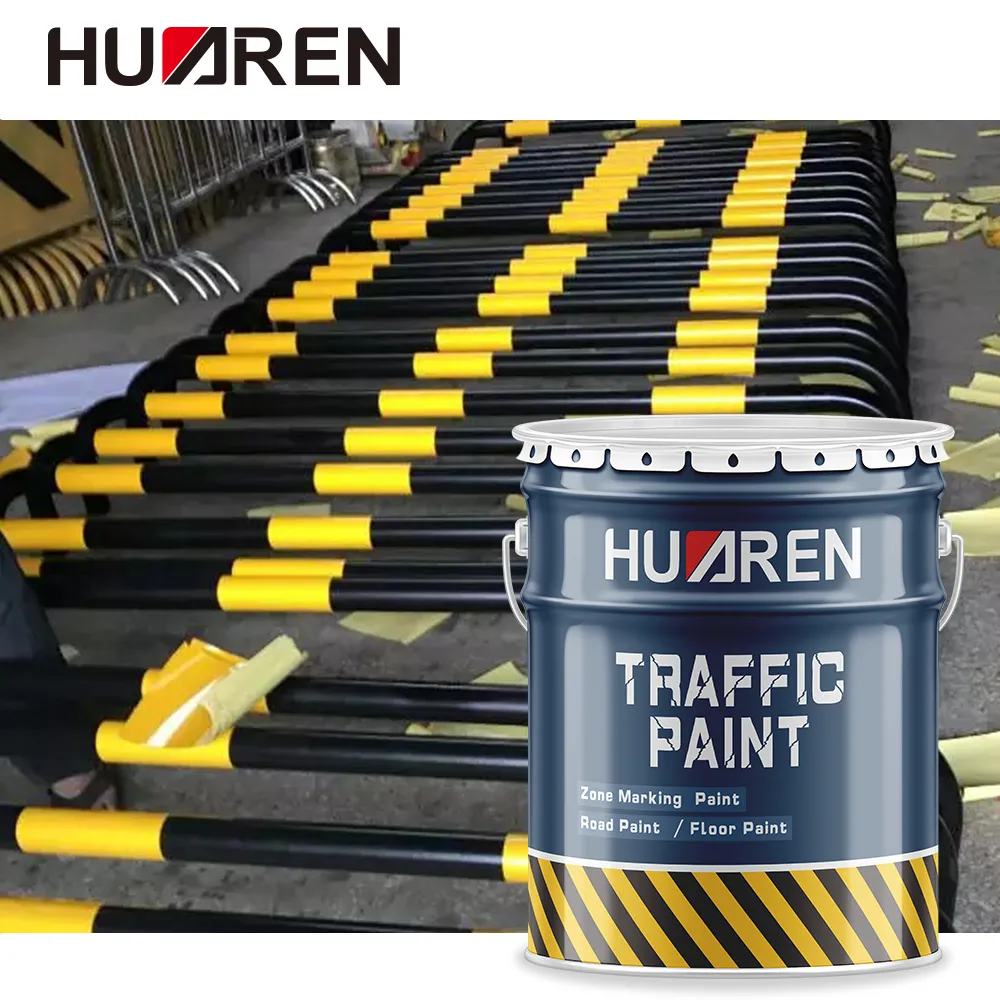Traffic paint is an indispensable part of modern traffic management and is widely used in road markings, parking lots, airport runways and other places. Its emergence and development have greatly improved traffic safety and order. However, the history of the invention of traffic paint and its components are often overlooked.
This article will explore the inventor of traffic paint and the main ingredients of traffic paint in depth, revealing the scientific principles and historical background behind this important material.

Who invented traffic paint?
1. Early attempts at road marking:
In the early 20th century, with the increase in the number of cars, road traffic became more and more complicated, and traffic accidents gradually increased. In order to regulate traffic order and reduce traffic accidents, early traffic managers began to try to draw lines on the road. Most of these early attempts used white powder, lime or other easily accessible materials. However, these materials had poor durability and visibility and could not meet the growing traffic needs.
2. The emergence of the first road marking:
In 1911, a highway engineer named Edward N. Hines in Detroit, Michigan, first proposed and implemented the idea of drawing lines on the road. He painted white lines on a local rural road as lane dividers. This initiative marked the birth of modern road markings and laid the foundation for the invention of traffic paint.
3. The birth of traffic paint:
Traffic paint in the true sense appeared in the 1920s. With the rapid development of the automobile industry, the demand for road markings surged, and people began to seek more durable and clearer marking materials. In 1924, Lester Wire, an engineer at the New York State Department of Transportation in the United States, first used a special paint to mark road lines. This paint has higher wear resistance and reflectivity and is considered to be the prototype of modern traffic paint.

What are the ingredients of traffic paint?
Traffic paint is a complex chemical product composed of multiple ingredients, each of which has its specific function to ensure that the performance of traffic paint meets the needs of various traffic markings. The following are the main ingredients of traffic paint and their functions:
1. Binder (resin):
The binder is the main component of traffic paint and is usually composed of synthetic resins such as acrylic resins, alkyd resins or polyurethane resins. The main function of the base material is to provide the adhesion and mechanical strength of the paint film, ensuring that the paint film can be firmly attached to the road surface and remain intact under repeated vehicle rolling.
● Acrylic resin: It has excellent weather resistance and chemical resistance and is suitable for road markings under various climatic conditions.
● Alkyd resin: It has good adhesion and wear resistance, but its weather resistance is slightly inferior to acrylic resin.
● Polyurethane resin: It has excellent wear resistance and weather resistance, but the price is higher, and it is mostly used for high-end road markings and special occasions.
2. Pigment:
Pigment is the component that gives color to traffic paint, mainly used to improve the visibility and reflectivity of the marking. White pigments usually use titanium dioxide, while yellow pigments often use lead oxide or other inorganic pigments.
● Titanium dioxide: A highly reflective and high hiding white pigment, widely used in white traffic paint.
● Lead oxide: A yellow pigment with good light resistance and weather resistance, but due to its toxicity, special care should be taken when using it.
3. Fillers:
Fillers are ingredients that increase the thickness and wear resistance of traffic paint. Common fillers include calcium carbonate, talcum powder and aluminum silicate. The addition of fillers can reduce the cost of traffic paint while improving the mechanical properties and durability of the paint film.
● Calcium carbonate: A commonly used filler with good filling effect and cost-effectiveness.
● Talc: A fine filler that can improve the smoothness and wear resistance of the paint film.
● Aluminum silicate: A filler with good wear resistance, suitable for traffic paint in high wear environments.
4. Solvents:
Solvents are liquid components of traffic paints, used to adjust the viscosity and fluidity of the paint for construction. Commonly used solvents include toluene, xylene and ethyl acetate. Solvents will evaporate during the drying process of the paint film and will not remain in the paint film.
● Toluene and xylene: Commonly used organic solvents with good dissolving power and volatility.
● Ethyl acetate: A solvent with a faster evaporation rate, suitable for fast-drying traffic paints.
5. Additives:
Additives are auxiliary ingredients used to improve the performance of traffic paint, including anti-settling agents, leveling agents, thickeners and UV protection agents. The addition of additives can improve the construction performance, weather resistance and service life of traffic paint.
● Anti-settling agent: prevents pigments and fillers from settling during storage and ensures the uniformity of the paint liquid.
● Leveling agent: improves the fluidity and surface flatness of the paint film, prevents sagging and orange peel phenomenon.
● Thickener: adjusts the viscosity of the paint liquid and improves the controllability during construction.
● UV protection agent: improves the UV resistance of the paint film and extends its service life.

What are the applications of traffic paint? What is its function?
1. Road marking: The main application of traffic paint is to mark road markings, such as lane lines, edge lines, guide arrows and pedestrian crossing lines. These markings play an important role in maintaining traffic order, reducing traffic accidents and improving driving efficiency. White traffic paint is used to mark lanes and edge lines, and yellow traffic paint is used to separate opposite lanes and mark prohibited parking areas.
2. Parking lot markings: In parking lots, traffic paint is used to mark parking spaces, passages, and prohibited areas, etc., to help vehicles park in an orderly manner and improve the utilization and safety of parking lots. Clear markings can reduce collisions and friction between vehicles and protect vehicle safety.
3. Airport runways and aprons: The application of traffic paint on airport runways and aprons is crucial. White traffic paint is used to mark the runway centerline, edge line, and stop line, etc., to help aircraft maintain the correct route during takeoff, landing, and taxiing, and ensure aviation safety.
4. Industrial and commercial sites: In industrial and commercial sites, traffic paint is used to mark passages, work areas, and safety areas, to help managers and workers clarify work areas and safety regulations, and reduce the occurrence of accidents.

Established in 1994, Huaren Chemical Industry Co., Ltd. is a leading Chinese manufacturer of industrial coatings and resins. Our advanced production lines allow us to produce a wide variety of products, including acrylic paints, waterborne coatings, and heavy-duty anti-corrosion paints. Suitable for applications in machinery, construction, and steel structures, our coatings are designed to deliver superior durability and performance. We offer competitive factory-direct prices, bulk purchasing discounts, customized and customized solutions for industrial buyers. Whether you are looking for a trusted supplier or manufacturer, Huaren Chemical is your ideal choice. Contact us for promotional details and free quotes today!

